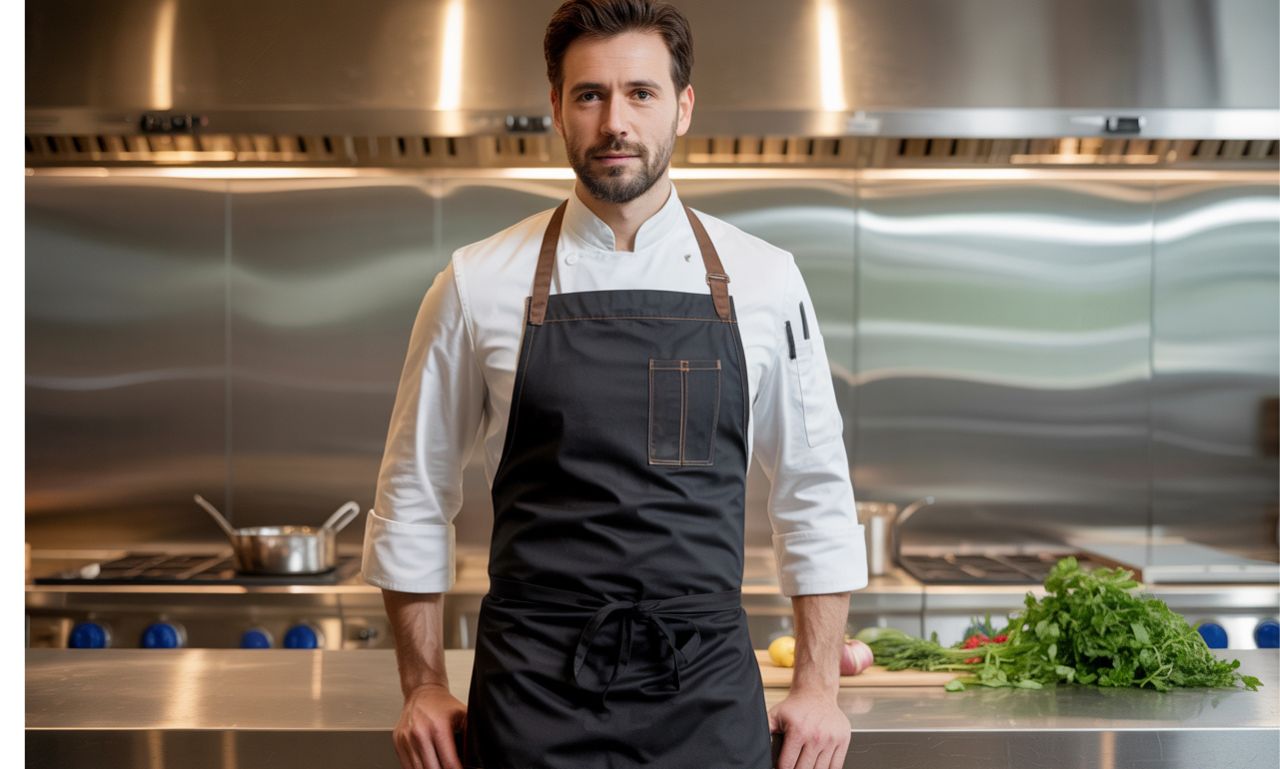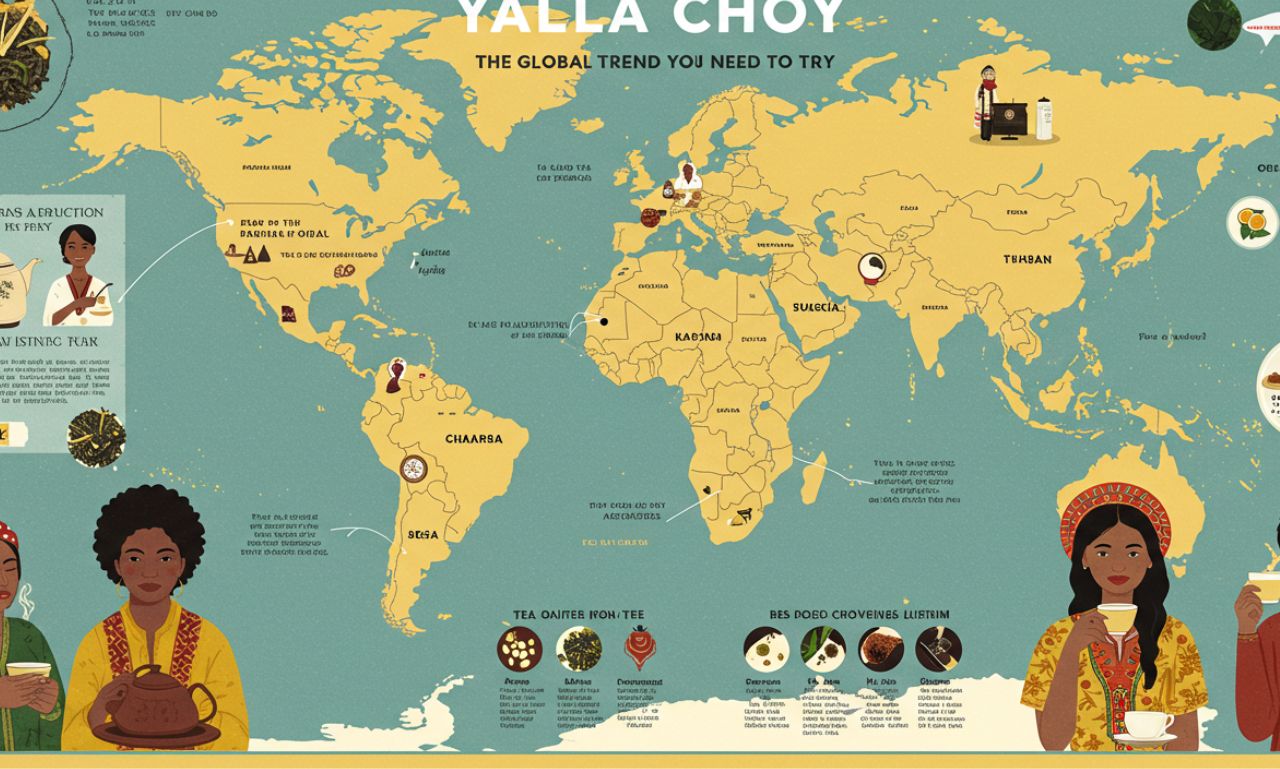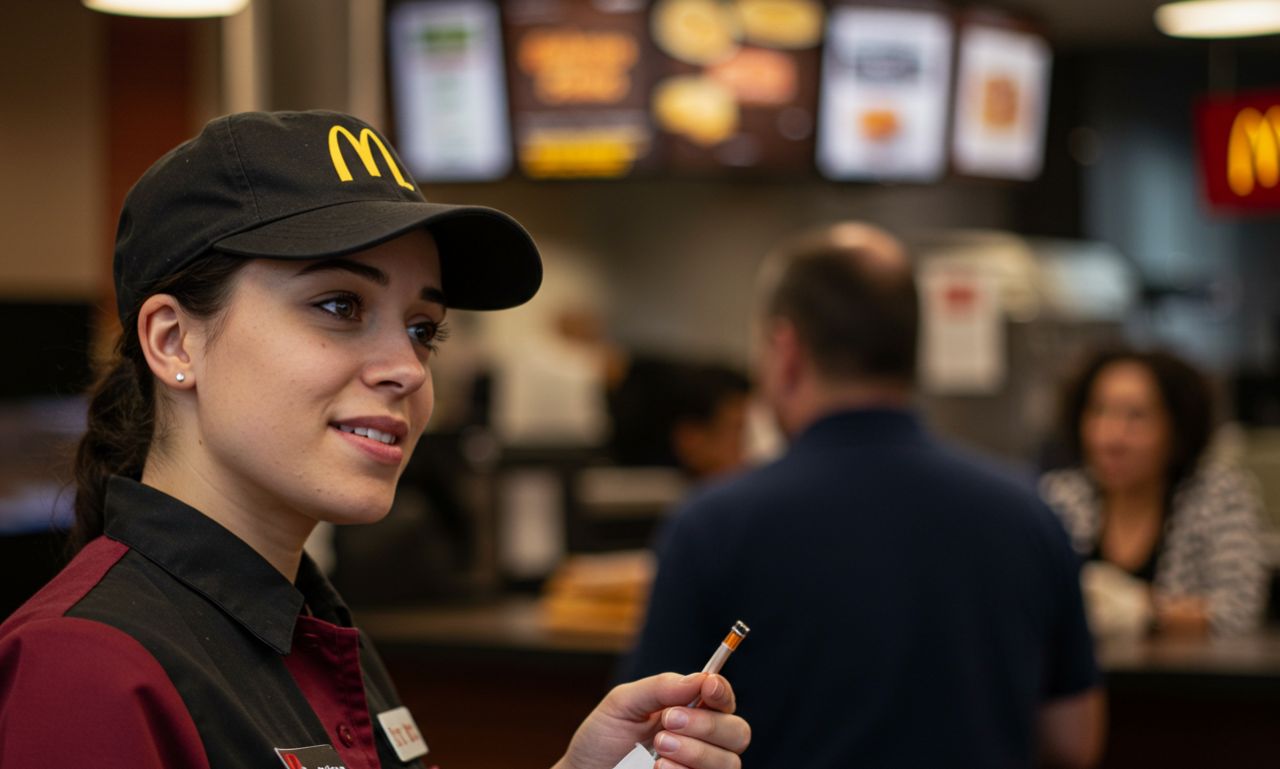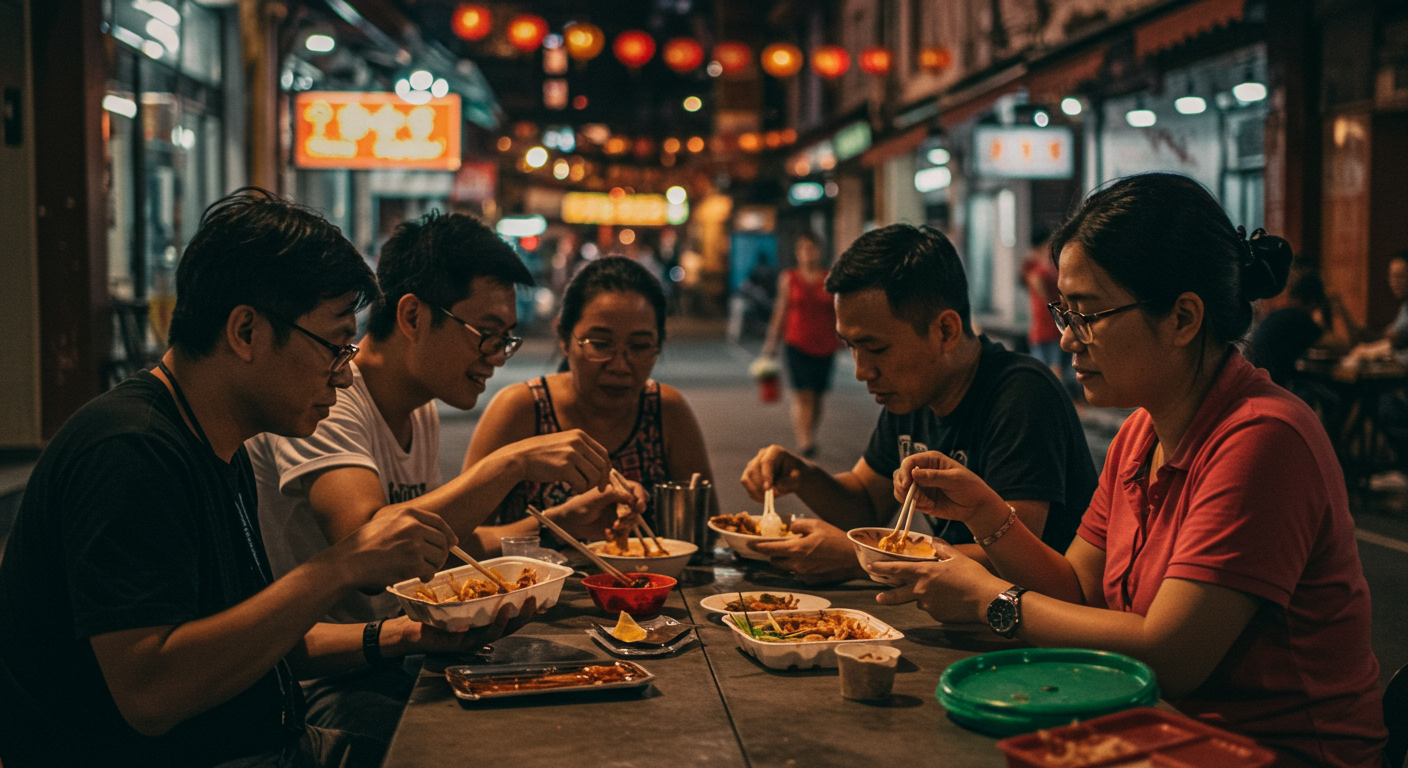Chef pants are an essential part of every professional kitchen uniform. While they may not always receive as much attention as chef jackets or aprons, chef pants play a crucial role in ensuring comfort, mobility, and safety during long hours in a high-pressure kitchen environment. Over time, these humble garments have evolved from simple workwear to sophisticated pieces designed with functionality, durability, and even fashion in mind.
Whether you’re a culinary student, a line cook, or an executive chef, understanding what makes a good pair of chef can significantly impact your performance and confidence in the kitchen.
The History and Evolution of Chef Pants
From Traditional to Modern
Traditionally, chef-pants were loose-fitting and made from thick cotton to protect against heat and spills. They were often seen in classic black and white houndstooth patterns, a design chosen to help mask stains and spills. Over the years, the culinary industry began to demand more: more comfort, better materials, improved functionality, and even a sense of style.
Innovations in Design
Modern chef-pants come in a variety of materials, cuts, and designs. From breathable fabrics to stain-resistant coatings and stretch technology, innovations have transformed pants from simple work garments into highly specialized apparel. Manufacturers now focus on combining style with performance, offering chefs apparel that feels as good as it looks.
Key Features of High-Quality Chef Pants
1. Comfort and Fit
Comfort is the number one priority in the kitchen. Chefs spend long hours on their feet, moving quickly between stations, bending, and stretching. Therefore, pants are typically designed with a relaxed or loose fit, allowing for maximum mobility and ventilation.
Elastic waistbands or drawstring closures are common for adjustability. Some modern styles also feature belt loops and tailored fits for those who prefer a more polished appearance.
2. Durability and Material
Chef pants need to withstand the demands of a hot, busy kitchen. The best pairs are made from durable materials like cotton blends, polyester, or twill. These fabrics resist tearing, can endure frequent washes, and offer resistance against grease and stains.
Reinforced stitching in stress areas such as the seat and pockets is another mark of a well-made pair.
3. Safety Features
Safety in the kitchen is paramount. Chef are often made from flame-resistant or heat-resistant materials to reduce the risk of injury. In addition, loose-fitting pants help minimize direct contact with hot surfaces or spills, giving chefs an added layer of protection.
4. Pockets and Storage
Practicality is essential. Most chef include multiple pockets for carrying essential tools, notepads, or personal items. Deep front pockets, cargo pockets, and back pockets provide chefs with the convenience they need without sacrificing movement.
Types of Chef Pants
1. Traditional Baggy Chef Pants
These are the most common and recognizable style. Their loose fit provides maximum comfort and ventilation, making them ideal for long shifts. They usually feature an elastic waistband with a drawstring and come in classic patterns like houndstooth or solid black.
2. Slim-Fit Chef Pants
Slim-fit chef cater to chefs looking for a more tailored appearance without compromising on functionality. These pants are designed with stretch fabric to provide ease of movement while maintaining a sharp, modern silhouette.
3. Cargo Chef Pants
Known for their utility, cargo chef come equipped with multiple pockets along the thighs, hips, and back. This style is perfect for chefs who like to keep essential tools or items within reach.
4. Jogger-Style Chef Pants
Blending the casual comfort of joggers with kitchen utility, jogger-style chef pants are becoming increasingly popular. With elastic cuffs and breathable fabrics, they’re especially favored by younger chefs or those working in open kitchens where presentation matters.
Materials Commonly Used in Chef Pants
Cotton
Cotton is breathable, soft, and natural. It’s ideal for maintaining comfort during long shifts. However, pure cotton may wrinkle easily and shrink if not properly cared for.
Polyester
Polyester is durable, wrinkle-resistant, and holds color well. It is often blended with cotton to create a fabric that’s both comfortable and long-lasting.
Spandex/Elastane
A small percentage of spandex or elastane is often added to chef pants for added stretch and mobility. This is especially useful in slim-fit or jogger-style pants.
Choosing the Right Chef Pants for Your Needs
Consider Your Role
Different roles in the kitchen might require different styles of pants. Line cooks, for example, might prefer looser, more breathable pants, while executive chefs in front-of-house situations may opt for more polished slim-fit designs.
Factor in the Kitchen Environment
Is your kitchen air-conditioned, or does it get extremely hot? Is the pace fast or moderate? Answering these questions can help determine whether you need breathable cotton pants or durable polyester blends.
Think About Your Personal Style
Function doesn’t have to come at the cost of fashion. Modern chef pants come in various styles, patterns, and colors. Some chefs prefer classic designs, while others like to express personality through bolder choices.
Benefits of Wearing Chef-Specific Pants
1. Enhanced Performance
The right pants allow for fluid movement, better ventilation, and fewer distractions—enabling chefs to focus on their craft.
2. Professional Appearance
Well-designed chef pants contribute to a clean and professional appearance, which is especially important in open kitchens or customer-facing roles.
3. Long-Term Investment
Quality chef pants, though potentially pricier upfront, tend to last longer, resist stains, and require fewer replacements. This makes them a smart investment for both professional chefs and culinary students.
Caring for Your Chef Pants
Washing and Maintenance Tips
-
Wash in cold or warm water to preserve fabric and prevent shrinking.
-
Use stain removers for grease or sauce spills before tossing them into the wash.
-
Avoid bleach, as it can degrade the fabric and affect color.
-
Air dry or use a low heat setting to extend the life of elastic waistbands and prevent fading.
Storage
Store chef pants folded or hung in a cool, dry place. Avoid leaving them in gym bags or kitchen lockers for extended periods to prevent odor build-up and fabric damage.
Chef Pants for Women
As the culinary industry becomes more inclusive, more brands are offering chef pants designed specifically for women. These pants consider different body shapes and provide options that are both flattering and functional. Features might include higher waistlines, narrower fits, and stretch fabric for better adaptability.
Popular Brands Offering Quality Chef Pants
Several well-known brands cater specifically to professional chefs and kitchen staff. Here are some trusted names:
-
Chef Works – Known for stylish, modern, and functional designs.
-
Dickies – Offers rugged, durable pants ideal for high-volume kitchens.
-
Uncommon Threads – Provides budget-friendly yet quality chef apparel.
-
Bragard – Premium brand favored by executive chefs around the world.
Buying Chef Pants Online vs. In-Store
Pros of Buying Online
-
Wider variety of styles and sizes
-
User reviews can provide insight into fit and durability
-
Convenience and often better pricing
Pros of Buying In-Store
-
Try before you buy
-
Immediate purchase and use
-
Assistance from knowledgeable staff
If you’re unsure about sizing or material preferences, visiting a store might be the better first step. Once you find a brand or fit that suits you, online purchases become more reliable.
Chef Pants in Culinary Schools
Culinary students often receive uniforms that include chef pants. These are typically the traditional baggy style for comfort and simplicity. However, some institutions now allow for more customized options, letting students choose pants that reflect their personal taste while maintaining a professional standard.
Environmental Impact and Sustainable Choices
Sustainability is becoming increasingly important in the fashion and workwear industries. Some chefwear brands now offer eco-friendly options made from recycled or organic materials. These options help reduce waste and environmental impact while still delivering durability and performance.
Look for certifications like OEKO-TEX® or Global Organic Textile Standard (GOTS) when choosing sustainable chef pants.
Customizing Your Pants
Want to stand out or reflect your brand? Custom embroidery, logos, or name tags can be added to pants. This is particularly useful for restaurant chains, personal chefs, or catering teams who want to reinforce a professional image.
Conclusion: Why the Right Chef Pants Matter
Chef pants are more than just a uniform—they’re tools that help professionals perform their best in demanding environments. The perfect pair balances comfort, durability, style, and function, helping chefs stay cool, confident, and efficient throughout their shifts.
As the culinary industry continues to evolve, so do the demands on kitchen apparel. Whether you’re just starting out or you’re a seasoned pro, investing in high-quality pants can make a world of difference in your everyday experience.











